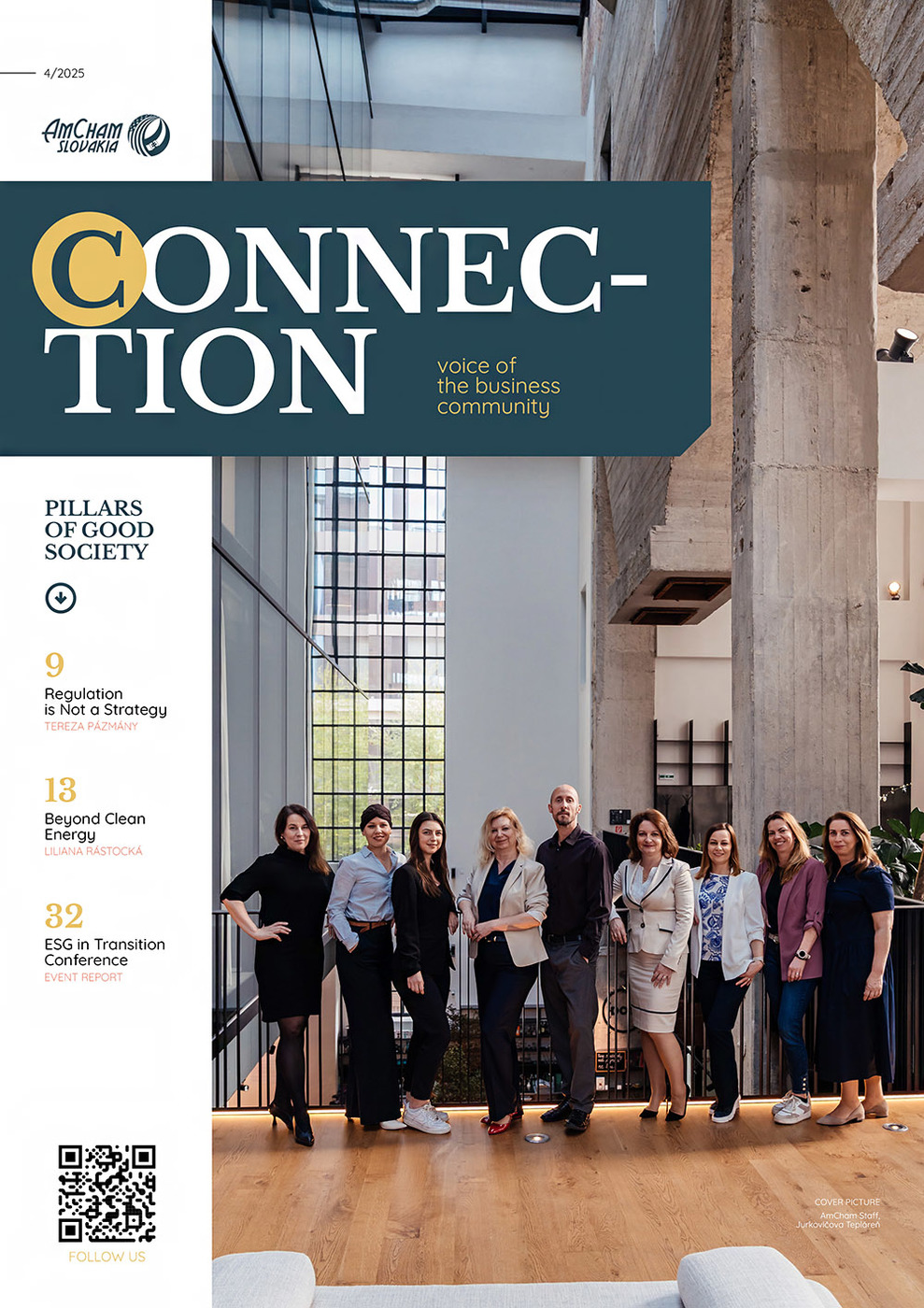Promotional and gift items provide an ideal opportunity to put these principles into practice. A well-designed, functional, and eco-friendly product can communicate a company’s values far more effectively than hundreds of words. As a result, companies are increasingly integrating ESG principles into their marketing strategies—sustainable promotional items serve as a visible proof of corporate values and a commitment to responsible business practices.
Choosing Sustainable Materials and Products
One of the main trends is the shift from traditional materials to sustainable alternatives. Increasingly, companies deliberately opt for products made from recycled, renewable, or biodegradable materials when selecting promotional gifts. Sustainability has evolved from a niche initiative into one of the key pillars of modern marketing strategies. More than half of consumers (58%) are even willing to pay more for products perceived as sustainable—making “green” marketing not a fad, but a necessity. Marketing teams play a crucial role in fulfilling ESG objectives: from responsible supplier and material selection to measuring campaign impacts and actively communicating these efforts to stakeholders.
One of the most tangible expressions of a sustainable business approach lies in the choice of materials for promotional items. Whether packaging, printed materials, textiles, or other products, the material used affects not only the environmental impact but also the message the brand conveys. Commonly used eco-friendly materials in the promotional sector include:
- Organic cotton – grown without chemical fertilizers or pesticides.
- Recycled PET (rPET) – plastic waste transformed into textile fibers.
- Hemp and linen – fast-growing crops with minimal water consumption.
- Bamboo – rapidly renewable and biodegradable raw material.
- Cork, felt – natural materials ideal for various small accessories.
These alternatives not only reduce the ecological footprint of products but often offer higher quality and longer lifespan, increasing the gift’s value for the recipient. They also clearly signal that a company prioritizes innovation and environmental protection. Modern eco-friendly merchandise thus becomes a sophisticated carrier of corporate values—enhancing brand image while translating sustainability into practice.
Eco-Friendly Packaging and Waste Reduction
An ESG focus applies not only to the product itself but also to its packaging and entire life cycle. Alongside selecting eco-friendly materials, companies are placing increasing emphasis on reducing unnecessary packaging and plastic waste. Single-use plastics—from plastic bags to package fillers—are gradually disappearing. Traditional plastic items and bags are being replaced by recycled paper bags, compostable packaging, or reusable textile pouches. This trend in sustainable packaging directly contributes to fulfilling the environmental goals of ESG while appealing to customers who care about a greener future.
 Local Sourcing and Social Responsibility
Local Sourcing and Social Responsibility
An important aspect of ESG in marketing is the support of local communities and ensuring fair working conditions. Shortening supply chains has a dual benefit: reducing carbon emissions (less transport) and strengthening the local economy. Many companies today prefer local suppliers where possible, cutting transportation distances while supporting domestic craftsmanship and innovation.
Alongside a local focus come fair social and ethical standards throughout the production chain. Sustainability is not only about eco-friendly materials but also about fair conditions for the people involved in manufacturing. When selecting corporate gifts, businesses often consider whether they were produced under fair trade principles or in factories that comply with labor standards. These criteria fall under the “Social” pillar of ESG—showing that the brand cares as much about people as it does about the planet.
A notable example of social responsibility is cooperation with sheltered workshops employing people with disabilities. Such partnerships support workforce inclusion while allowing companies to take advantage of “substitute performance”—purchasing goods or services from a sheltered workshop instead of paying mandatory levies for not meeting quotas for employing persons with disabilities. This win-win solution increases the attractiveness of collaboration from an ESG perspective: the partner supports a good cause while effectively allocating resources to benefit its business.
Sustainability as Part of Brand Identity
With growing demands for sustainability, promotional and gift items have shifted from simple marketing add-ons to strategic tools for brand building. Today’s corporate gift carries a message—that the company cares about the environment, supports the community, and plans for the future. ESG principles thus become embedded in brand identity: every branded item, whether a bamboo pen or a recycled bag, communicates the values the company stands for.
Sustainable merchandise helps position a brand as responsible and can attract a loyal customer base that appreciates these values. For organizations aiming to keep pace with the times—and help shape them—choosing eco-friendly promotional items is a logical step forward. ESG is not a temporary initiative but a path toward sustainable business, with sustainable merchandise as a natural component. Surveys also show that if a gift is useful and of high quality, customers tend to keep it significantly longer—and nearly half of respondents said a corporate gift makes them feel more favorable toward the brand.
Ultimately, investments in sustainable marketing are not additional costs but strategic moves toward a sustainable business future. Companies that bet on quality and responsibility today may well be tomorrow’s leaders—in the minds of customers and in the market.
Diana Hauerland, Managing Director and co-owner, Hauerland



Follow us